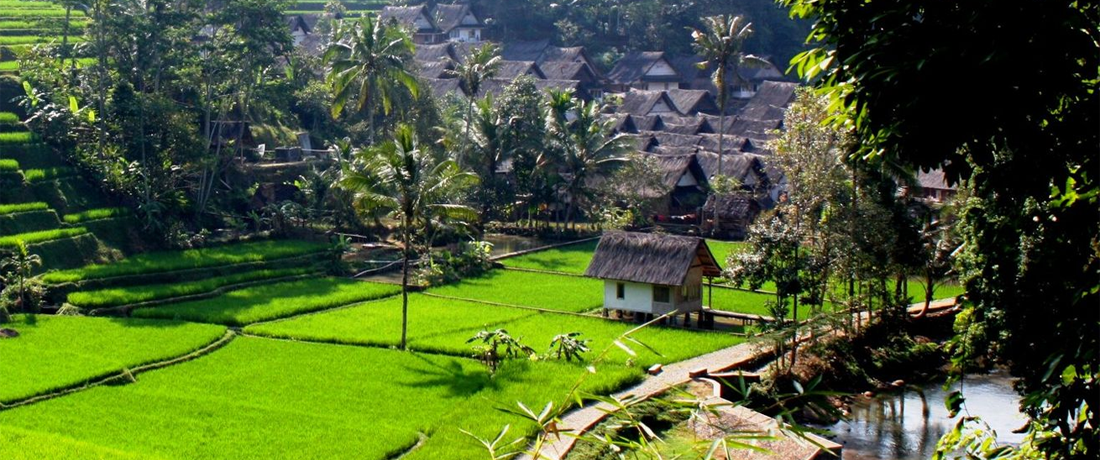
02 Dec Economic growth, de- and reforestation (blog by P. Boomgaard)
Which country is doing better in economic terms, Indonesia or the Philippines? Not many people will hesitate when answering this question: Indonesia, of course. In 2011, Indonesia’s Gross Domestic Product (GDP) per capita was 3,500 US$, while that of the Philippines was 2,350. The proportion of Indonesia’s population that according to recent statistics is malnourished is 9.1%, the same figure for the Philippines is 16.2% (which is even worse than Cambodia (15.4%)). Annual GDP growth between 1970 and now was higher in Indonesia than it was in the Philippines. And while Indonesia was quite successful in curbing its population growth, that was not the case in the Philippines.
However, at the same time, Indonesia is losing its forest cover at an unprecedented rate, while according to official figures deforestation in the Philippines is more than balanced by reforestation.
It is generally accepted that Indonesia is now the world champion in the logging of tropical rainforests. Large areas on the islands of Sumatra and Borneo have been logged to such an extent that not much of the original rain forest cover is left. In addition to land clearing for peasant agriculture and the large-scale issue of logging concessions for the production of timber, clearing the land for palm oil plantations was at the root of this loss of forest cover. It caused, among other things, the disappearance of large numbers of wildlife, including the iconic orangutan.
The most recent Indonesian deforestation figure is 8,600 square km of forest per year (up from 2,400 in 2000). This all-time-high of Indonesia’s deforestation rate was reached after the former president, Susilo Bambang Yudhoyono, had declared a moratorium on logging! The figure for Indonesia is larger than that for – the former deforestation champion – Brazil (4,600 square km, down from 20,000 in 1998). A number of other countries are on the same path as Brazil, as is the case with Mexico, where deforestation has been cut back even more, and India and Costa Rica, where reforestation is reported to more than compensate for deforestation, the same situation, that the Philippines is supposed to be in. Logging bans and moratoria, issued from the 1990s onwards must have played a role in these developments in the Philippines. Although some environmental NGOs don’t believe the figures to be true, there is the distinct impression that the rate of deforestation in the Philippines has been slowing down considerably recently.
Now it would appear that the Philippine economy is outperforming the Indonesian one. The most recent estimate of GDP growth in the Philippines for 2014 is 6.2%, while that for Indonesia is 5.3%. This suggests that high rates of economic growth do not necessarily have to be accompanied by high rates of deforestation. It is certainly not impossible that money and labour can yield higher returns outside the logging sector; it seems worthwhile to try and find out how it was done.




No Comments